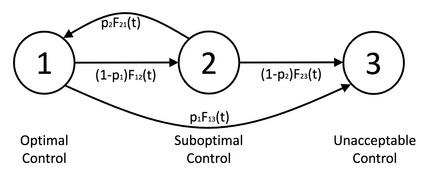Bootstrapping was designed to randomly resample data from a fixed sample using Monte Carlo techniques. However, the original sample itself defines a discrete distribution. Convolutional methods are well suited for discrete distributions, and we show the advantages of utilizing these techniques for bootstrapping. The discrete convolutional approach can provide exact numerical solutions for bootstrap quantities, or at least mathematical error bounds. In contrast, Monte Carlo bootstrap methods can only provide confidence intervals which converge slowly. Additionally, for some problems the computation time of the convolutional approach can be dramatically less than that of Monte Carlo resampling. This article provides several examples of bootstrapping using the proposed convolutional technique and compares the results to those of the Monte Carlo bootstrap, and to those of the competing saddlepoint method.
翻译:制导仪的设计是随机地用蒙特卡洛技术从固定样本中随机重现数据。 但是, 原始样本本身定义了离散分布。 革命方法非常适合离散分布, 我们展示了使用这些技术进行制导的优点。 离散演变方法可以为靴套数量提供精确的数字解决方案, 或至少提供数学误差界限。 相反, 蒙特卡洛制导方法只能提供缓慢汇合的信任间隔。 此外, 对于某些问题, 革命方法的计算时间可能大大少于蒙特卡洛制导方法的计算时间。 本条提供了几个使用拟议“ 转动技术” 进行制导的范例, 并将结果与蒙特卡洛制靴陷阱和竞合制的制式方法相比较。




